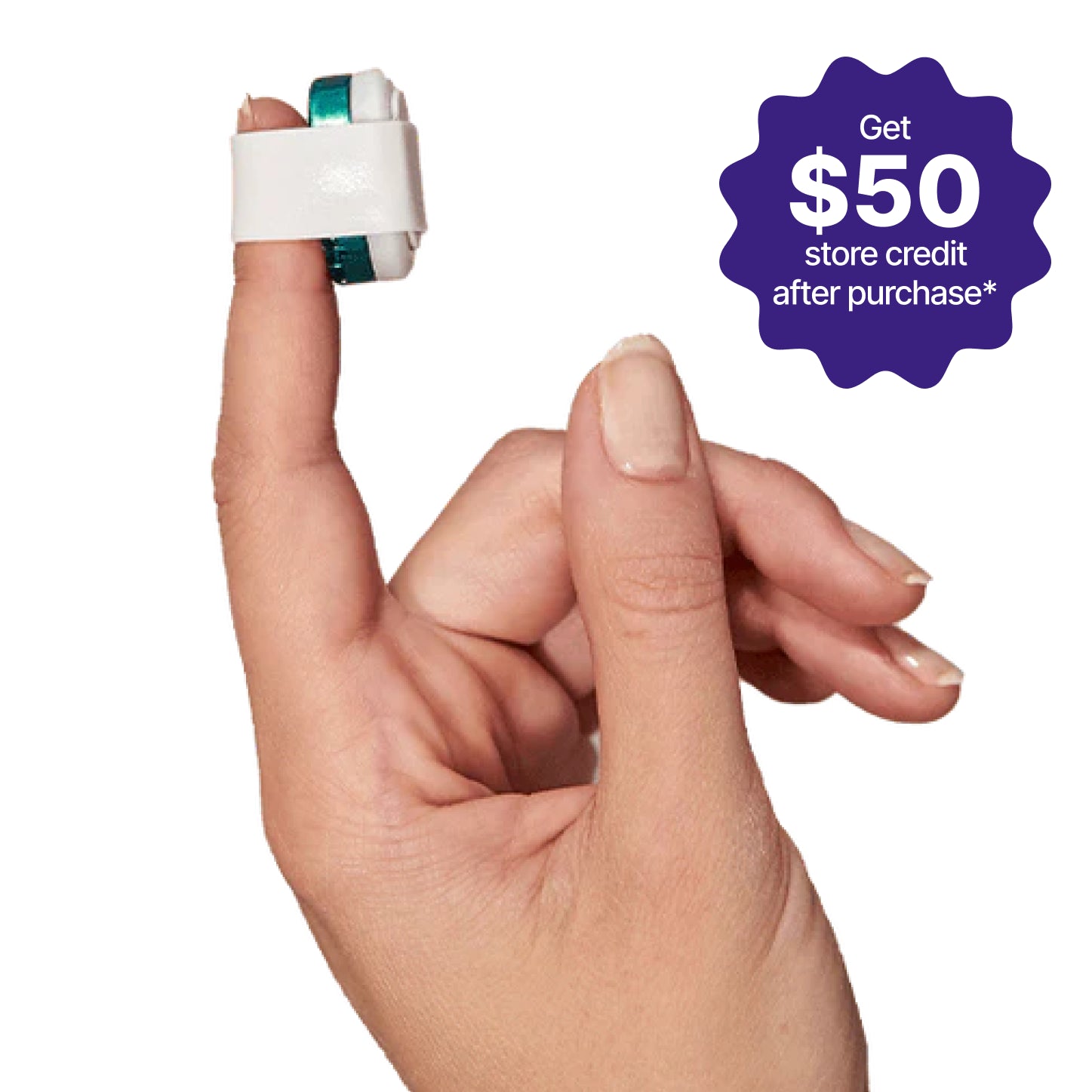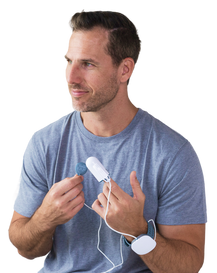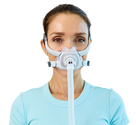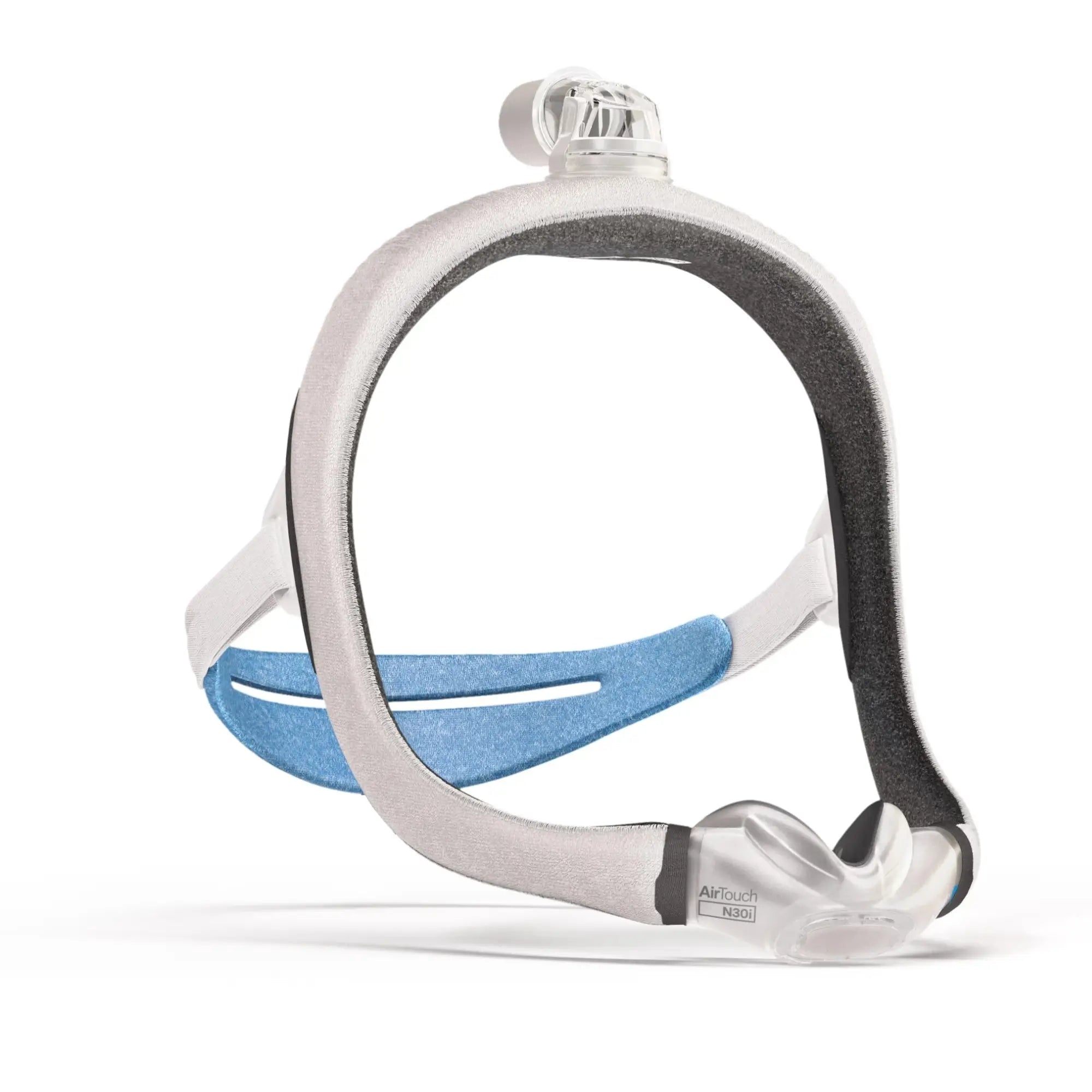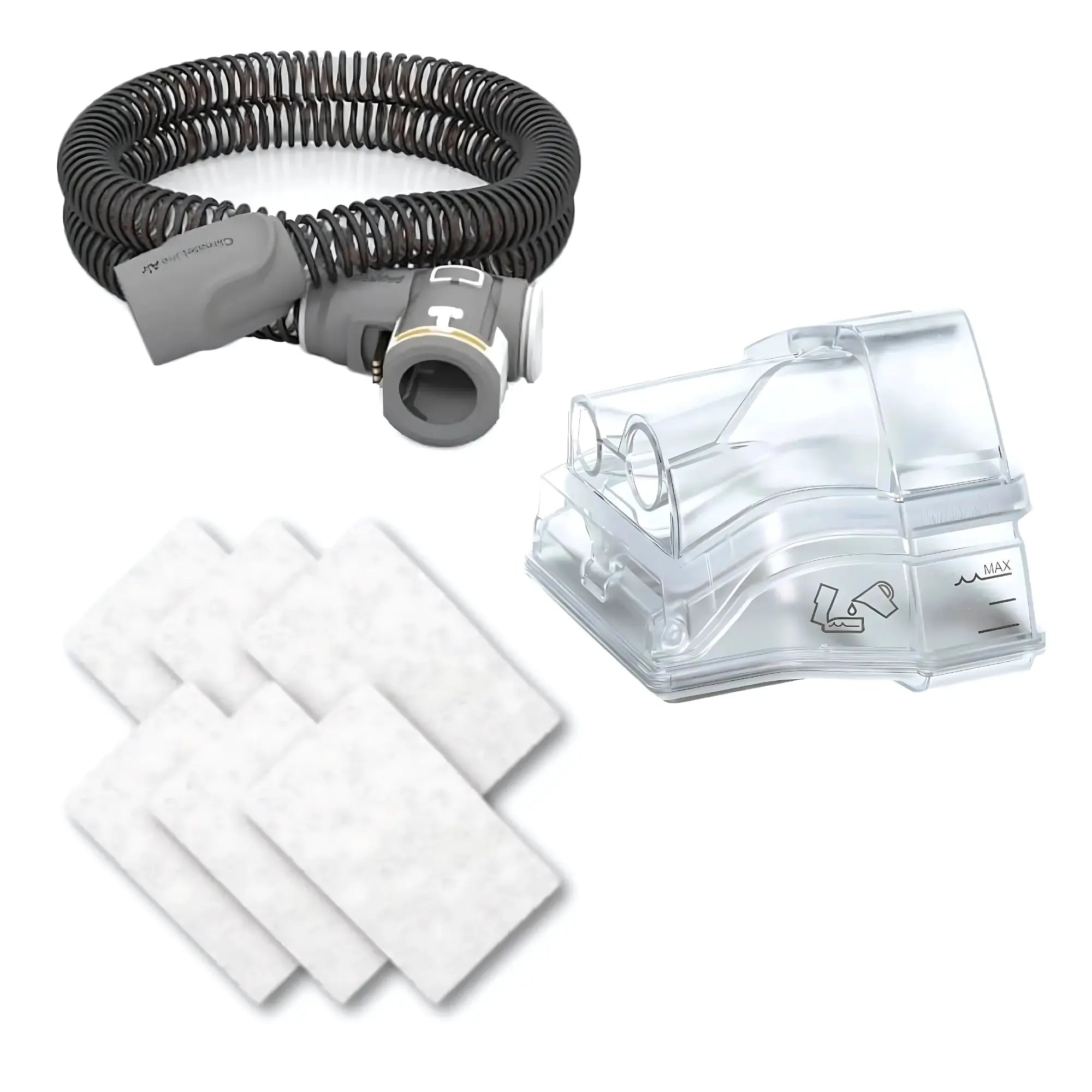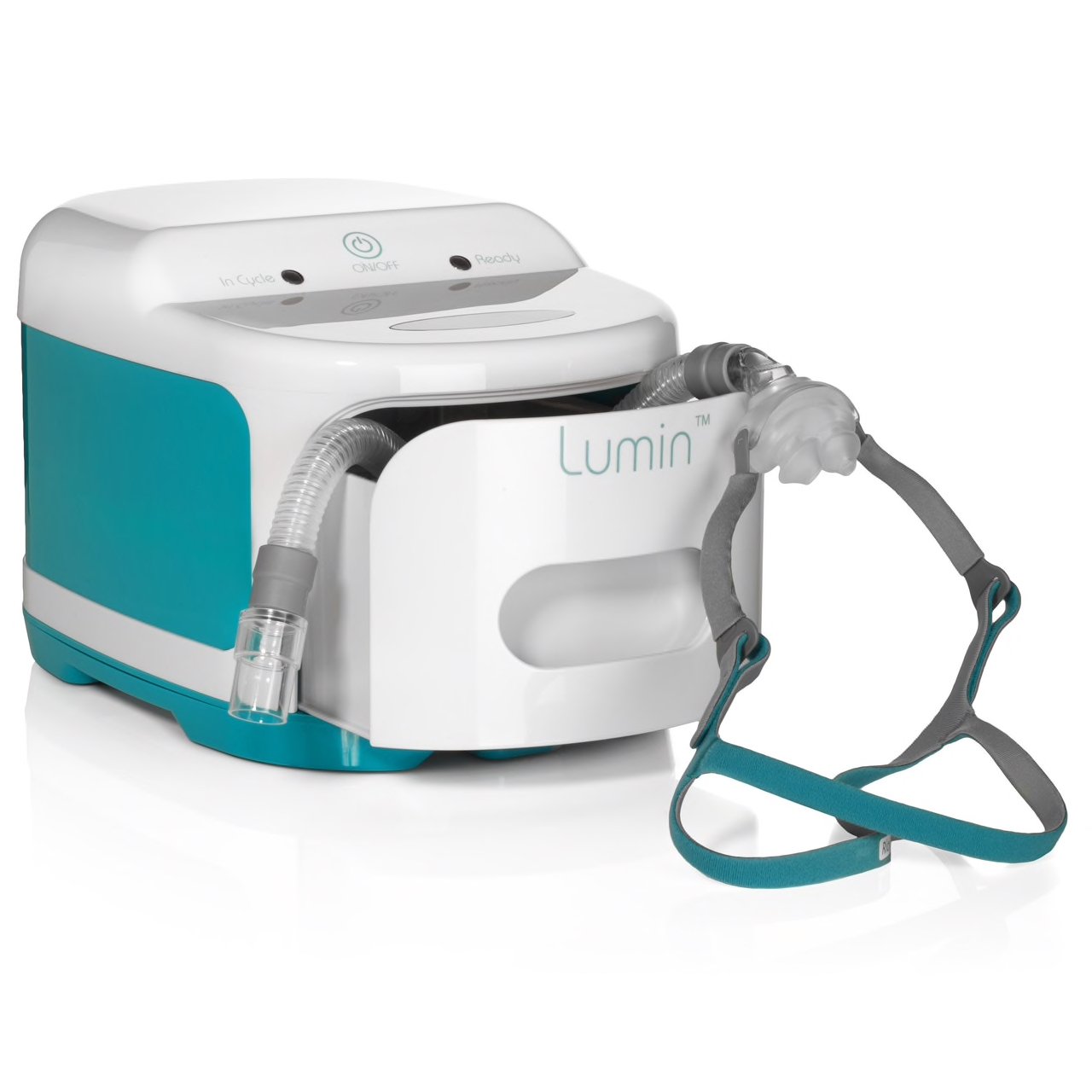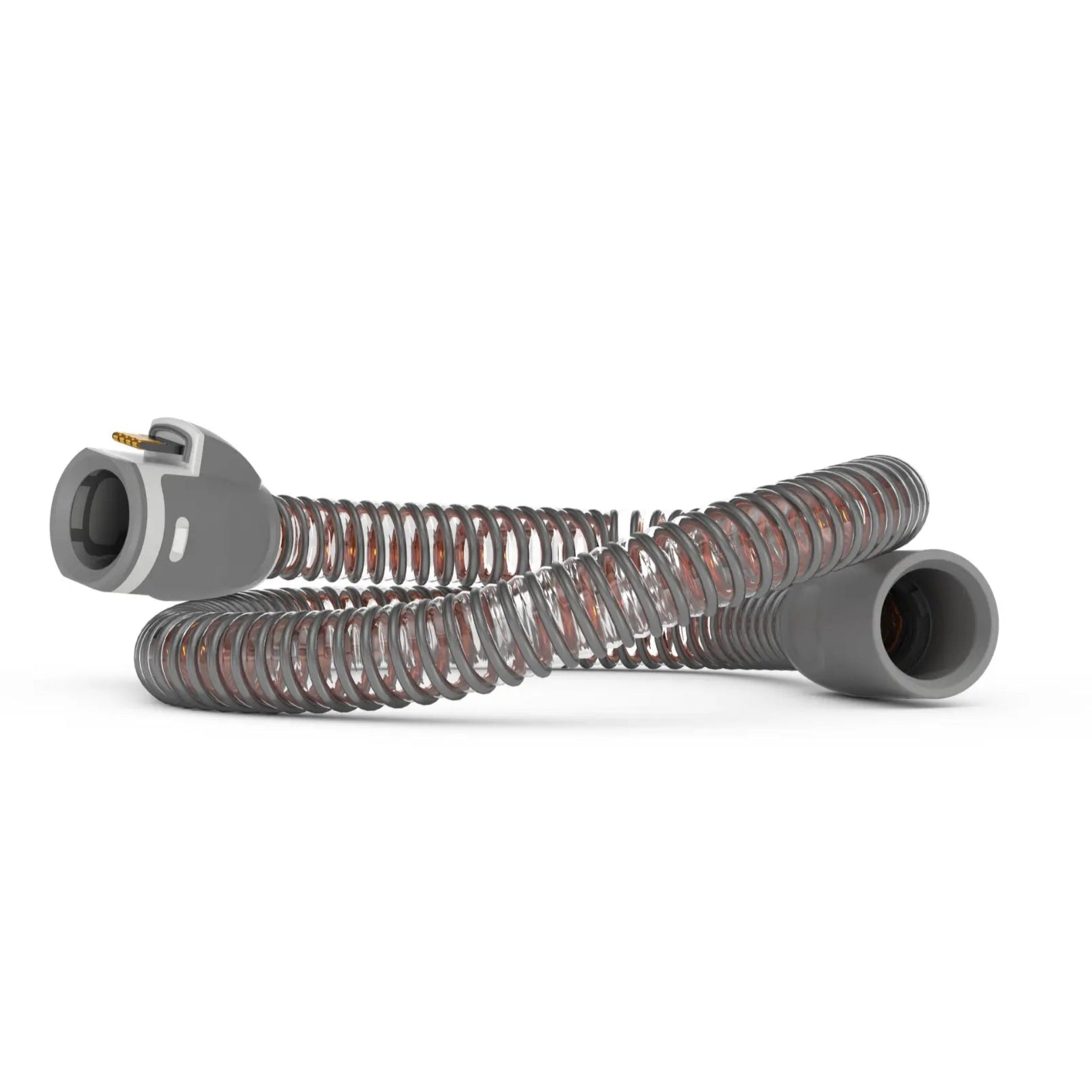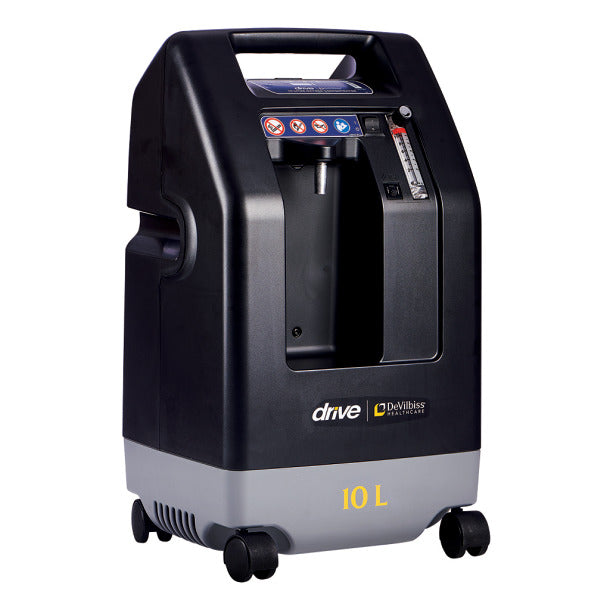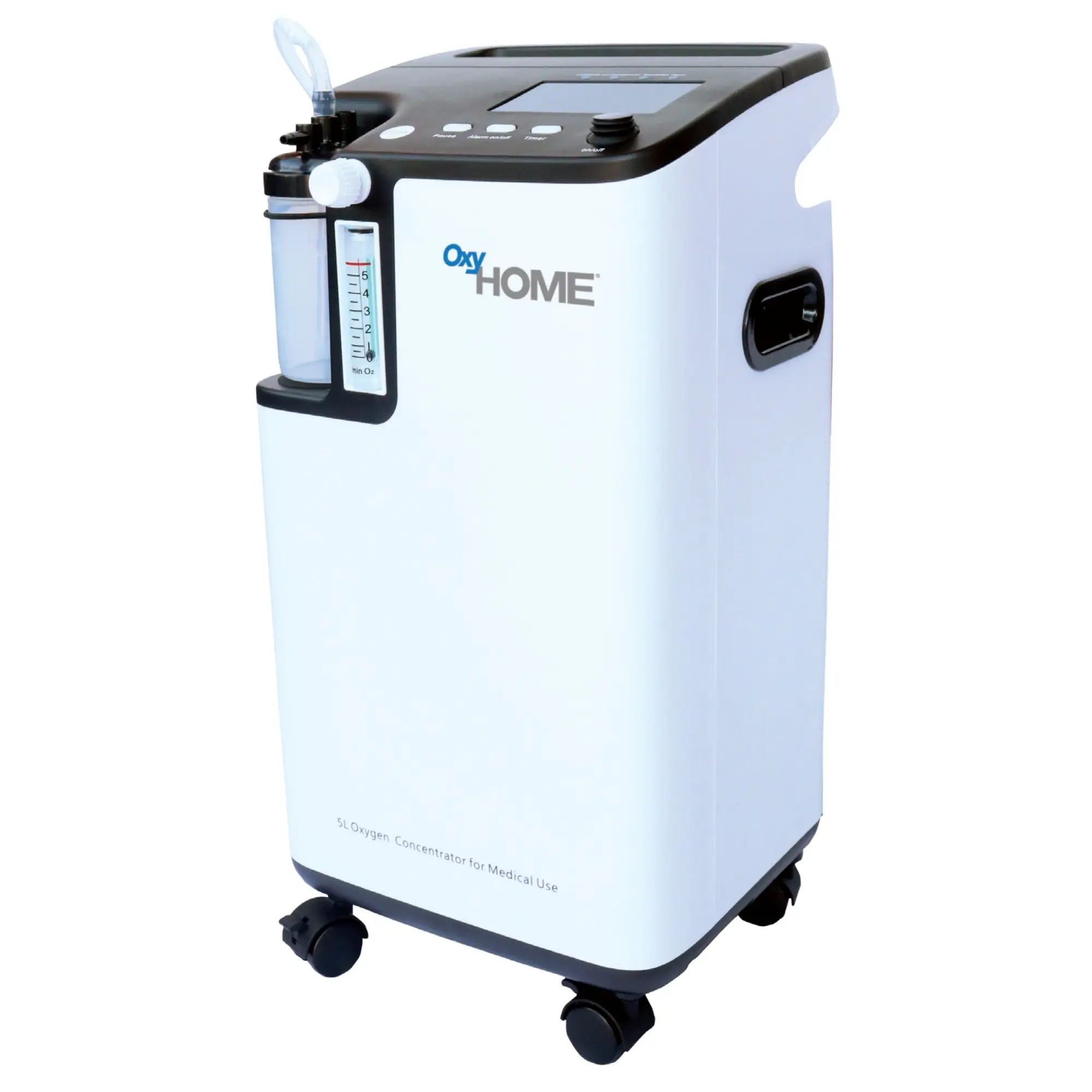Your child isn't getting quality sleep; you've ruled out things like bedtime routines, reflux, bad dreams, allergies, asthma, medications, or screen time and still haven't figured it out yet.
It's rare, but some children can't sleep due to obstructive sleep apnea.
It affects about 1 in 100 kids and is most common from ages 3 to 7 when tonsils and adenoids are their largest.
Although studies have shown obstructive sleep apnea to be relatively rare in children, it is also commonly under-diagnosed.
Knowing the causes and symptoms of sleep apnea in children can help you determine when to see a pediatrician.
The good news is that there are tests available to diagnose sleep apnea and treatments to help manage or resolve this condition.
We'll cover:
- What is Pediatric Obstructive Sleep Apnea?
- What are Common Causes of Obstructive Sleep Apnea in Kids?
- Differences Between Pediatric and Adult Sleep Apnea
- What is Pediatric Obstructive Sleep Apnea?
- Symptoms of Obstructive Sleep Apnea in Kids
- How to Prepare your Child for an Overnight Sleep Study
- How Is Obstructive Sleep Apnea Diagnosed?
- What is the Treatment for Obstructive Sleep Apnea in Children?
What is Pediatric Obstructive Sleep Apnea?
Pediatric obstructive sleep apnea (OSA) is a sleep disorder in which your child's breathing is partially or entirely blocked repeatedly during sleep. The condition is due to the narrowing or blockage of the upper airway during sleep.
This can make kids miss out on necessary, restful sleep.
Untreated obstructive sleep apnea can lead to learning, behavior, hyperactivity, growth, and heart problems.
What are Common Causes of Obstructive Sleep Apnea in Kids?
During sleep, our muscles relax. This includes the muscles in the back of the throat that help keep the airway open. In obstructive sleep apnea, these muscles can relax too much and collapse the airway, making it hard to breathe.
In children, this is more pronounced if they have enlarged tonsils or adenoids, which can block the airway during sleep.
Risk factors that can make a child prone to sleep apnea are:
- a family history of OSA (obstructive sleep apnea)
- being overweight
- high blood pressure
- medical conditions such as Down syndrome or cerebral palsy
- problems of the mouth, jaw, or throat that narrow the airway
- a large tongue, which can fall back and block the airway during sleep
Differences Between Pediatric and Adult Sleep Apnea
The major difference between sleep apnea between kids and adults is how the symptoms and effects of the sleep disorder present themselves and why.
While adults usually have daytime sleepiness, children are more likely to express behavioral problems.
The underlying cause in adults is often obesity, while in children, the most common underlying condition is an enlargement of the adenoids and tonsils.
Early diagnosis and treatment are important to prevent complications that can affect children's growth, cognitive development, and behavior.
Symptoms of Obstructive Sleep Apnea in Kids
During sleep, signs and symptoms of pediatric obstructive sleep apnea might include:
- Snoring or noisy breathing, often with pauses, snorts, or gasps
- Restless sleep
- Sleeping in unusual positions
- Mouth breathing or heavy breathing
- Nighttime sweating
- Bed-wetting
- Sleep terrors or sleepwalking
Infants and young children with obstructive sleep apnea don't always snore. They might just have disturbed sleep.
During the day, children with sleep apnea might:
- Perform poorly in school
- Have difficulty paying attention
- Have a hard time waking up in the morning
- Be tired or fall asleep during the day
- Have learning problems
- Have behavioral problems
- Have poor weight gain
- Be hyperactive
How Is Obstructive Sleep Apnea Diagnosed?
Your pediatrician will conduct a physical examination, give you medical advice or might refer you to a sleep specialist or recommend a sleep study at a sleep laboratory.
A sleep study (polysomnogram) can help doctors diagnose sleep apnea and other sleep disorders.
Sleep studies are painless and risk-free, but kids usually need to spend the night in a hospital or sleep laboratory. Read more about sleep clinics.
During a sleep study, doctors check:
- eye movements
- heart rate
- breathing patterns
- brain waves
- blood oxygen levels
- carbon dioxide levels
- snoring and other noises
- breathing disorders
- body movements and sleep positions
How to Prepare your Child for an Overnight Sleep Study
A sleep study can appear to be a complicated procedure, especially when the patient is a child. However, the process is actually quite simple.
Parents or guardians can stay overnight while their child gets a sleep study. The sleep center will provide a separate bed or sleeping chair.
Your child will spend the night in a hospital or sleep center. In the morning, the sleep specialist will wake your child and remove all sensors. The test is over in time for your child to go to school.
Personal items from home can help your child feel comfortable during a sleep study. Be sure to bring:
- pajamas
- a favorite pillow, blanket, or stuffed animal
- books
- other items that are part of your child's bedtime routine
Most sleep centers do not provide food, so pack a bedtime snack if your child usually has one.
What is the Treatment for Obstructive Sleep Apnea in Children?
If the sleep study reveals that the child has an airway obstruction causing sleep apnea, treatments include breathing support (CPAP therapy) during sleep or surgery to remove the tonsils and adenoids.
- Adenotonsillectomy: if enlarged tonsils and adenoids cause sleep apnea, it may be cured by surgically removing them with a specialized doctor in otolaryngology.
- Myofunctional therapy: mouth and throat exercises may improve obstructive sleep apnea and snoring in children.
- Orthodontics: rapid maxillary expansion and mandibular advancement devices are orthodontic approaches that use dental hardware to create more space in the mouth and improve air flow through the airway.
- CPAP: also called continuous positive airway pressure, CPAP is a machine that continuously pumps air into the airway.
- Treatment of allergies and sinus inflammation: medications, such as a steroid nasal spray, saline nasal rinses, and other allergy medications, may be an option for children with mild sleep apnea symptoms. These medications can reduce airway constriction and poor tongue posture caused by continually breathing through the mouth.
- Weight loss: your pediatrician may recommend that your child lose weight if he or she is obese. Your doctor can provide you and your child with diet and nutrition information, or refer your child to other specialists with expertise in managing obesity.
Additionally, children with very mild or no symptoms may be monitored over time without administering treatment.
If the sleep study shows that the child's sleep is disturbed by a psychological or behavioral problem, pediatric behavioral psychologists can assist the child in finding specific behavioral techniques to help children develop better sleeping patterns.
It's recommended to follow up with your health care provider to continue monitoring your child's condition and sleeping habits.



